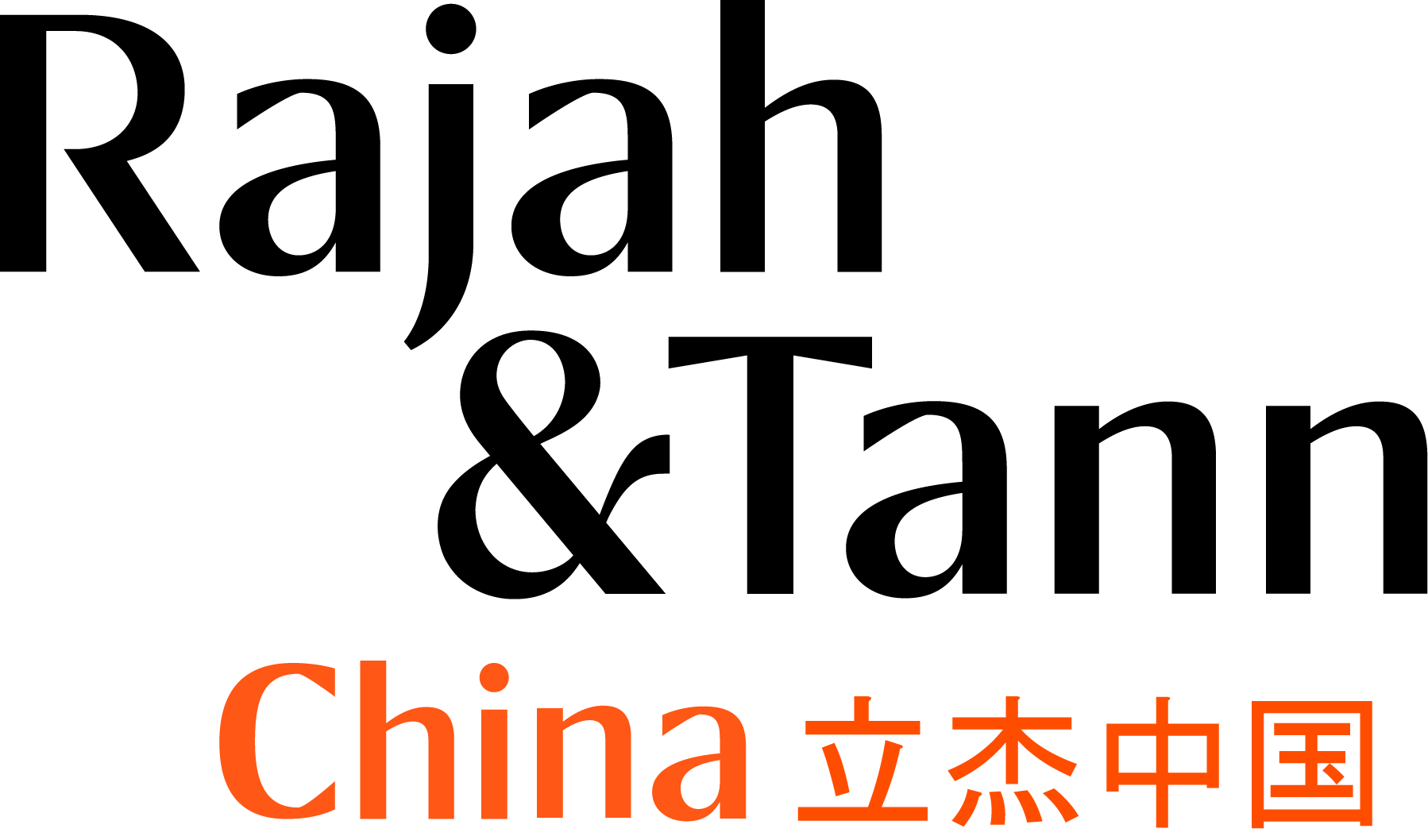近年来,中资企业赴马来西亚投资呈现出加速增长的趋势。根据马来西亚投资发展局(”MIDA“)数据,中国已连续多年位列马来西亚最大或第二大外资来源国,2022年中国对马来西亚的投资占马方批准外资总额的33.9%,金额高达125.1亿美元[1]。2023年马来西亚吸引投资总额同比增长23%[2]; 2024年马来西亚再创佳绩,投资总额同比增长14.9%,刷新历史纪录,呈现逐年稳健增长态势。中资企业在制造业、高科技、新能源等多个领域深度布局。据统计,目前中国企业在马来西亚制造业累计实施531个项目,投资总额约198亿美元,创造超过8.8万个就业机会[3]。
在政策层面,马来西亚政府出台多项制度性利好,如在关丹产业园、柔佛东海岸等重点园区对外资企业提供最长达15年的企业所得税豁免,设立“数字投资办公室”(”Digital Investment Office“)以提供数字产业“一站式服务”,并通过“中资特别通道”为中国企业提供快速审批支持⁶。这些政策推动中资在新能源、智能制造、绿色化工等战略新兴行业不断加码。
与此同时,马来西亚资本市场活跃度显著提升。2023年大马交易所共完成32宗IPO,融资总额约为8亿美元[4];而在2024年,马来西亚IPO数量创下近19年来新高, 共完成55宗IPO[5], 融资总额约为17亿美元。 这成果得益于政府持续推动资本市场发展的政策支持,例如证券委员会(SC)将主板与ACE市场的IPO审批周期缩短至3个月以内[6]。然而,尽管中资在马投资活跃,历史上中资企业在马来西亚上市的案例仍相对有限。2009年至2013年间曾有部分中小型中资企业赴马IPO,但由于公司治理结构薄弱、财务透明度不足等原因,部分公司在上市后退市或被收购⁹。这一历史阶段在一定程度上影响了市场对中资企业的整体认知,也制约了后续企业在马上市的意愿。
近年来,随着马来西亚持续推动高端制造与数字经济发展,部分具有本地运营资格的中资企业已开始积极评估赴马上市的可能性。这些趋势预示着,马来西亚资本市场或将成为中资企业全球融资路径中的新兴节点。然而,对于大多数中资企业而言,马来西亚多层次资本市场的结构、准入门槛及监管体系仍相对陌生。本文旨在系统梳理马来西亚证券交易所主要板块的制度安排与实务操作,结合近年来的市场动态与监管政策,为希望借助马来西亚资本市场进一步拓展海外布局的中国企业提供可行路径与参考指引。
请点击此处阅读完整通讯。
__________________________________
[1] 《中国新闻网,《中国连续两年成马来西亚最大外资来源国》,2023年3月;https://www.chinanews.com.cn/cj/2023/03-29/9971971.shtml
[2] Malaysia Investment Performance 2023, Malaysian Investment Development Authority (MIDA), March 2024, https://www.mida.gov.my/wp-content/uploads/2024/02/INVESTMENT-PERFORMANCE-2023-ENG-FINAL.pdf/
[²] Malaysia Investment Performance 2024, Malaysian Investment Development Authority (MIDA), February 2025, https://www.mida.gov.my/wp-content/uploads/2025/02/MIDA_IPR-2024_SP.pdf[3] The Edge Malaysia, “China remains top investor in Malaysia’s manufacturing sector”, 2024年6月,
https://theedgemalaysia.com/node/703419
[4] Bursa Malaysia Annual Report 2023,https://bursa.listedcompany.com/ar.html
[5] Bursa Malaysia Annual Report 2024,https://bursa.listedcompany.com/ar.html
[6] The Star,《马来西亚IPO市场火热 上半年创近18年新高》,2024年6月,
Disclaimer
Rajah & Tann Asia is a network of member firms with local legal practices in Cambodia, Indonesia, Lao PDR, Malaysia, Myanmar, the Philippines, Singapore, Thailand and Vietnam. Our Asian network also includes our regional office in China as well as regional desks focused on Brunei, Japan and South Asia. Member firms are independently constituted and regulated in accordance with relevant local requirements.
The contents of this publication are owned by Rajah & Tann Asia together with each of its member firms and are subject to all relevant protection (including but not limited to copyright protection) under the laws of each of the countries where the member firm operates and, through international treaties, other countries. No part of this publication may be reproduced, licensed, sold, published, transmitted, modified, adapted, publicly displayed, broadcast (including storage in any medium by electronic means whether or not transiently for any purpose save as permitted herein) without the prior written permission of Rajah & Tann Asia or its respective member firms.
Please note also that whilst the information in this publication is correct to the best of our knowledge and belief at the time of writing, it is only intended to provide a general guide to the subject matter and should not be treated as legal advice or a substitute for specific professional advice for any particular course of action as such information may not suit your specific business and operational requirements. You should seek legal advice for your specific situation. In addition, the information in this publication does not create any relationship, whether legally binding or otherwise. Rajah & Tann Asia and its member firms do not accept, and fully disclaim, responsibility for any loss or damage which may result from accessing or relying on the information in this publication.









